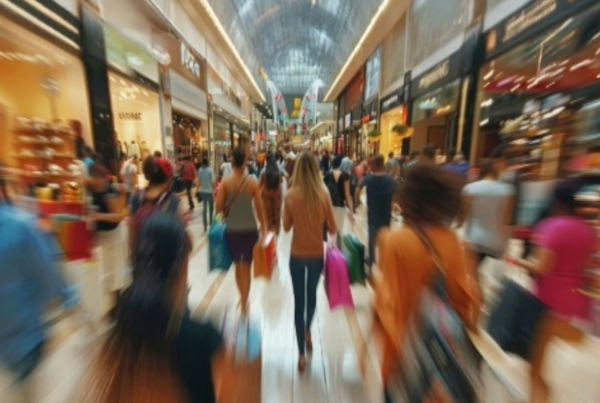Serious confusion exists around the environmentally safe disposal of different types of packaging used by the fashion industry and the belief that is primarily the consumer that is responsible for the correct disposal of packaging, is highlighted in its report, The Future of Packaging in the Fashion Industry, published by Aquapak Polymers Ltd, which specialises in polymer-based material technologies.
The report is based on research1 with senior executives, including CEOs, Retail Directors, Sustainability Directors and COOs, of fashion brands and retailers in the UK, US and Australia.
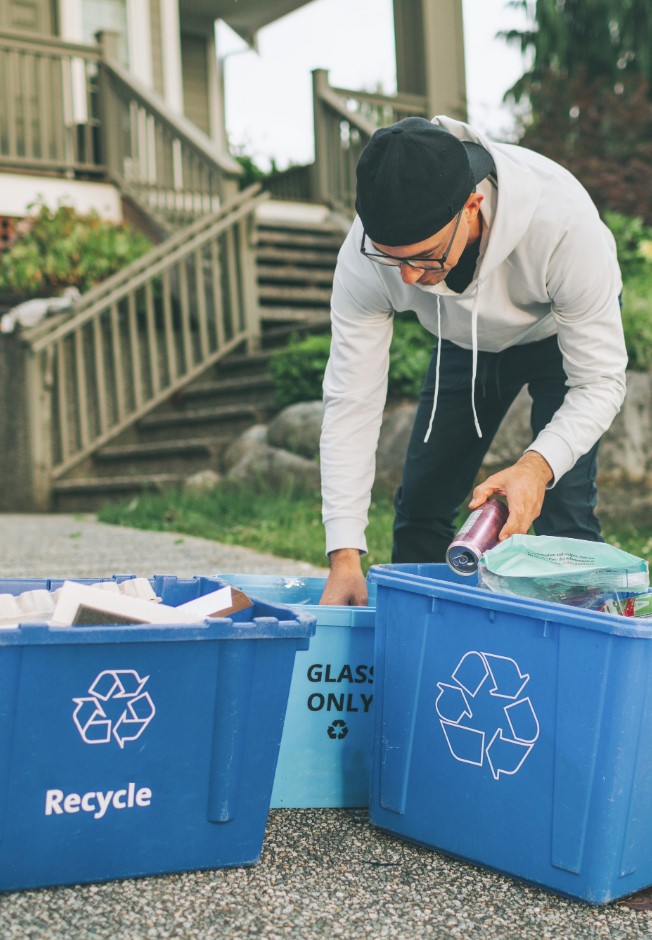
All of those surveyed said they still use plastic or recycled plastic in their business. Almost two fifths (38%) said that plastic is recycled after use, 25% said it went to landfill, 22% said it was reused and 14% said incineration. This is in stark contrast to official data2 from the World Economic Forum which shows that approximately 36% of all plastic produced is used to create packaging, 85% of which ends up in landfills, highlighting the confusion that exists when it comes to the fate of plastic packaging waste.
The picture is similar when it comes to home compostable packaging, with just 36% saying it was home composted as intended, 28% said it was reused, 20% said that they thought it went to landfill and 15% said it was incinerated. The findings highlight the opacity and complexity of safe disposal in developed waste markets like the UK, US and Australia.
44% of brands believe it is the consumers responsibility to recycle correctly
When asked who is responsible for the correct disposal of packaging, 44% said it was their customers’ responsibility, 30% said it was the responsibility of the brand and one quarter said was up to both to ensure that waste packaging is disposed of properly.
Over half of consumers find recycling confusing, resulting in less recycling
However, when UK consumers3 were asked about packaging and disposal, it became clear that the expectation that consumers are ultimately responsible for disposal is somewhat misguided. Just 14% said that they know what type of material the fashion items they buy are packaged in, two thirds said they sometimes know what packaging type it is and a further 21% said they never know.
Furthermore, over half (53%) said they find the disposal and recycling of different types of packaging confusing, and this confusion has resulted in 59% of respondents recycling less.
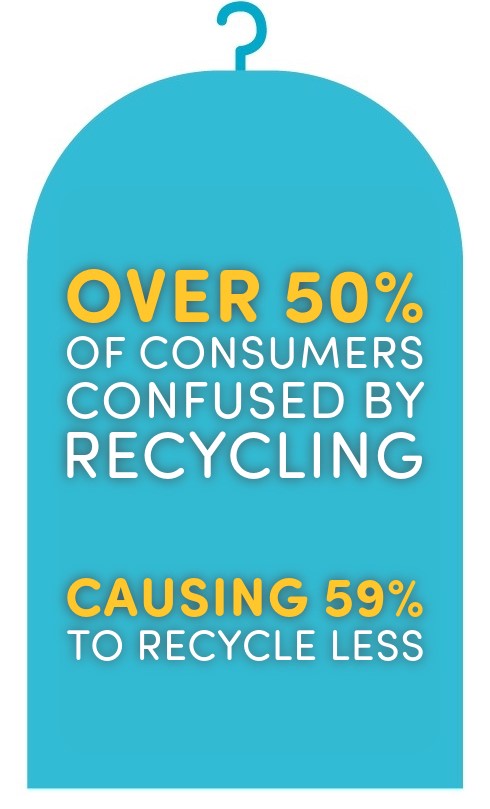
The findings also suggest that the industry isn’t always helping its customers as much as it should. Just 5% of consumers said there are always clear instructions on the packaging to show how it should be disposed of without damaging the environment, 58% said there are sometimes, 23% said often, and 6% said there are never instructions displayed. Yet again, a confused picture.

Aquapak has developed Hydropol™, a polymer which is soluble and non-toxic to marine life, providing an alternative to conventional plastic because it provides the same functionality but without the associated environmental problems. It is used to make products such as garment bags, offer all the necessary features of traditional polybags: strength and puncture resistance; clarity of film; and protection from leakages and dirt.
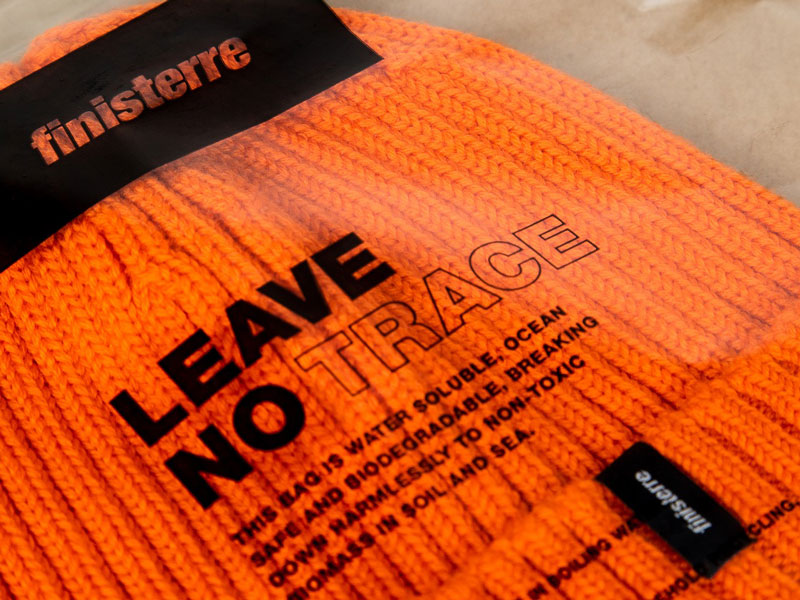
Crucially, Hydropol™ garment bags have zero end-of-life issues as they dissolve immediately in hot water without producing harmful micro-plastics or they can be placed into domestic recycling bins where they do not interfere with plastic recycling and are washed away safely as part of the waste sorting process. They are also suitable for aerobic and anaerobic landfill and degrade naturally on land or in ocean.
An innovative new material that leaves no trace
With the majority of soft plastics such as polybags still being incinerated, going to landfill or being downcycled, a move toward a new material that leaves no trace after use is long overdue. Aquapak’s calculations suggest that if Hydropol™ were used instead of conventional plastic in garment packaging, an estimated 25 million tonnes4 of conventional, hard-to-recycle packaging could be prevented from entering the environment each year. A number of pioneering clothing and apparel brands have already been using Hydropol for their garment bags for a number of years, including Finisterre, Zone 3, and Parlez.
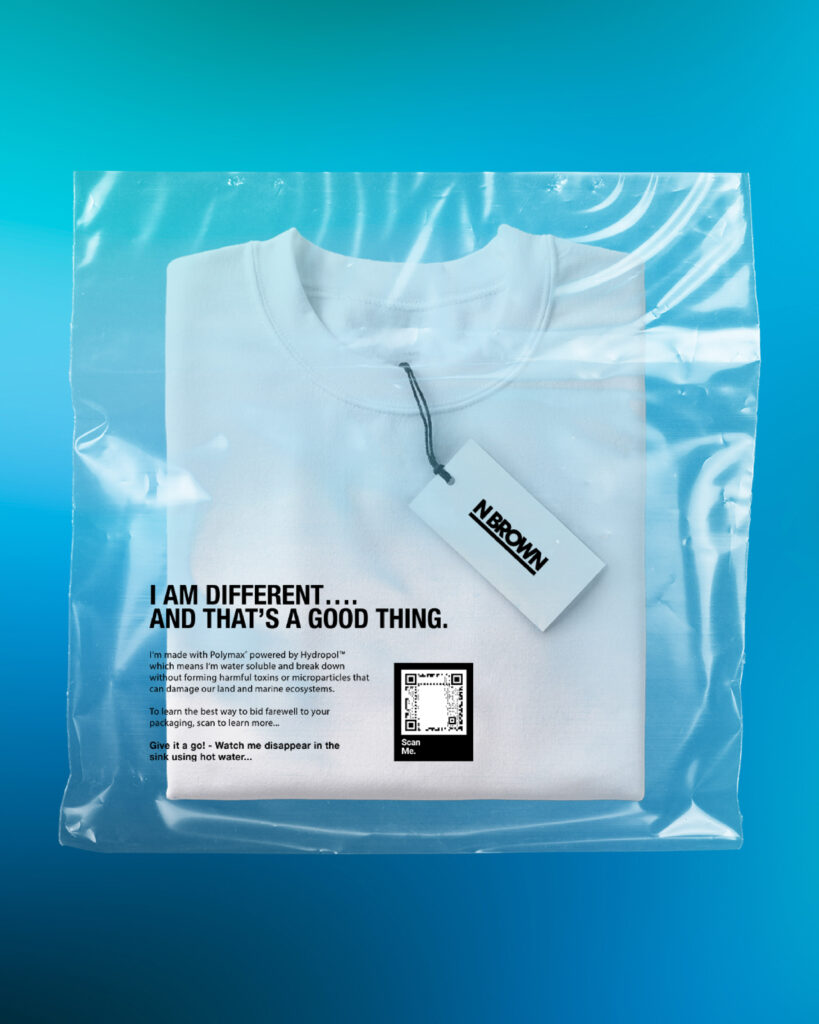
N.Brown latest fashion brand to embrace Hydropol garment bags.
More recently N.Brown the inclusive fashion retail platform and owner of the JD Williams, Jacamo and Simply Be brands, has joined this packaging revolution and will become the largest online retailer in the UK to use Hydropol™ packaging for its garment bags, with the aim of reducing plastic waste and preventing recycling confusion.
This isn’t a problem for consumers to solve
John Williams, Chief Technology Officer at Aquapak, comments:
“Our study highlights the misconception of plastic disposal versus reality, where recycling rates remain stubbornly low. The confusion over how to dispose of waste packaging is an age-old problem and one which is holding back recycling rates around the world.
“We also need to recognise that this is not a problem for consumers to solve. There are packaging innovations which perform the same job as plastic but without the negative environmental impact because they offer a range of end of life options from recycling to composting. We need more brands to embrace new technologies and the waste system to accept more materials if we are to achieve a circular economy, rather than pushing the responsibility on to the end-user.”
1 Research conducted by PureProfile with 100 board and senior executives, including CEOs, Retail Directors, Chief Operating Officers, Sustainability Directors and Finance Directors, in the UK, US and Australia in November 2023.
2 World recycling facts for 2022: Plastic, paper and more | World Economic Forum (weforum.org)
3 Research with 1063 UK adults conducted by Consumer Intelligence in November 2023
4 Calculation based on data from McKinsey , Ellen MCArthur and Plastics Europe

